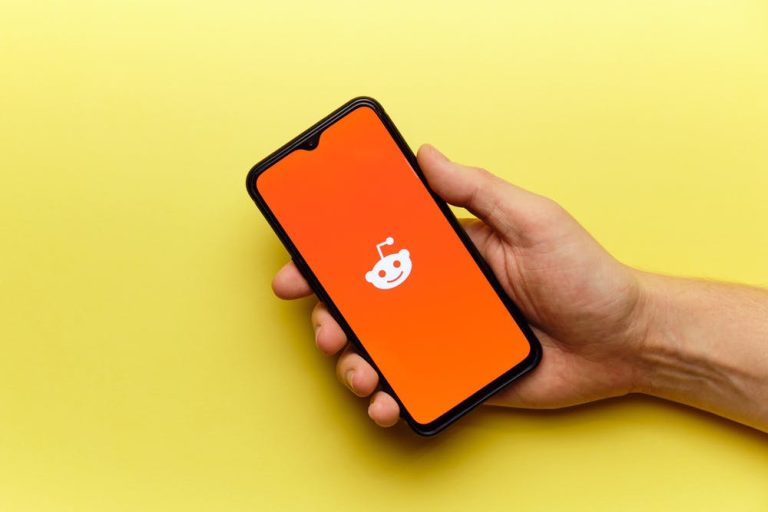
Clarins’ live streaming strategy is primarily focused on skincare expertise, with sessions (hosted on its own retail websites) led by experts and featuring special guests, centred around tutorials for specific skincare and beauty topics. Viewers can directly shop the products featured, with Clarins’ approach aiming to forge “more conversational relationships with shoppers, leading to deeper, more meaningful relationships and higher long-term customer value.”
With the addition of shoppable products and host Nia, the event showed Clarks the potential of the live video format. “It was great to work with someone who was such a natural on camera, because essentially, you’re a TV presenter,” says Hamer. “[Nia] could really talk through the products and how to style them – we want to appeal to a slightly younger female audience, so she was great in that sense.”
This trend is big in China, where live commerce sales are expected to reach 3 billion by 2022. In western markets, retail brands are starting to take notice, with some now investing in the medium to drive both consumer engagement and sales. Here are just four recent and effective examples to note.
— Clarks Shoes (@clarksshoes) June 10, 2021
Clarins
Nordstrom is one retailer that is aiming to keep up with the evolving needs of its customers, launching its own Livestream Shopping channels in order to “serve customers on their own time.” In a press release, Fanya Chandler, senior vice president at Nordstrom, continued that the channel will help “equip our team with more tools to deliver on our commitment to serve our customer wherever, whenever and however they want to shop.”
In order to ramp up these meaningful interactions, Clarins is also using Bambuser’s ‘one-to-one’ video solutions (as well as ‘one-to-many’, which live-streams to a mass audience). This approach, which is like live chat but with the added element of video, serves to replicate the service found in Clarins stores – as well as the FaceTime or Zoom calls that we’ve all become used to – arguably creating a more intimate and memorable experience.
According to Klarna’s ‘Owning Omnichannel’ report, 89% of shoppers say they use multiple channels to search and spend.
Clarks Shoes
— NordstromNow (@NordstromNow) March 17, 2021
In terms of learnings from its first live, Hamer said: “We had a lot of click-throughs to the website, mainly afterwards, because I think people didn’t want to necessarily miss what people are saying by clicking through [the shoes] immediately, so we will definitely have to work on sale tracking subsequent to the event.” Having hosted subsequent live shopping events since, Clarks looks to be continuing this social-driven approach.
As the retail industry readjusts post-pandemic, new research suggests that consumers aren’t necessarily prioritising in-store or online shopping, but prefer retailers that meet them wherever they are.
Clarks’ first live-stream shopping event was hosted by Nià Pettit (@niàthelight), enabling users to browse and purchase the shoes featured without even leaving Instagram.
Speaking during a webinar with hosts Billion Dollar Boy, Elise Hamer, Senior Global PR Manager at Clarks Shoes, explained that Clarks’ investment in social commerce has been spearheaded by the brand’s CMO after seeing the success of live-streaming in Hong Kong. It is also a way of furthering “a more digital-first approach” post-pandemic, which Hamer says the brand was already managing to do “through some basic Instagram Lives, obviously without the shoppable capability.”
In this sense, live-streaming can be an effective way for brands to capture the attention of shoppers whose habits and behaviours have shifted since the pandemic. However, some suggest that the medium can have a longer and deeper impact than immediate sales, impacting metrics such as lifetime customer value. Authenticity is key, of course, which is why retail brands like Aldo are investing in names that have real authority in a certain category (such as styling, in this case) in order to successfully showcase the brand and its products to a desired audience.
How Clarks is using email to create a “one-to-one connection” with customers
While many retailers integrate live shopping solutions on their owned channels such as their website, others like Clarks Shoes are embracing the medium on social media. This year, Clarks has ramped up its efforts by executing a social-focused strategy that includes shoppable video.
Aldo
Another shoe retailer to invest in live shopping is Aldo, which is now rolling out a more long-term strategy across markets on the back of a successful pilot (again with Bambuser’s third-party solutions). Aldo’s first live-stream event, hosted by celebrity stylist Mimi Cuttrell and entertainment figure Nate Wyatt, enabled viewers to directly shop the brand’s spring/summer 2021 collection.
Amanda Amar, director of global social media and public relations, said of Aldo’s foray into live commerce: “Being able to offer our customers another avenue to experience our brand and products in the way that best suits them was big for us. While livestream shopping will never truly replace the in-person shopping experience, it’s a great alternative for people whose shopping habits have shifted.”
The fact that this type of (unique) experience exists online doesn’t negate the need for a store, of course – but it’s certainly evidence as to why many more retailers are adding it as yet another consumer touchpoint.
There’s little doubt that Covid-19 has accelerated the growth of live commerce in western markets, but retailers also believe that this will continue from here on out – largely driven by the buying behaviour of younger consumers, which is hugely influenced by social platforms (and the trends and influencers they popularise).
Nordstrom
It’s coming! Save the date as we are going live with @niathelight to bring you our first ever livestream shopping event on Instagram! 15th June 2021. #livestreaming #shopping #clarks pic.twitter.com/KOhErjC2QM
We are proud to introduce Livestream Shopping, the best of our in-person and digital capabilities. Click to learn about the next evolution of our virtual styling experiences and upcoming events: https://t.co/S2JpPehHQE pic.twitter.com/LxkGH13eNf
As well as delivering live shoppable content, Nordstrom’s desire to engage customers also informs the brands and influencers featured, with Livestream Shopping events typically centring around a high-profile partnering brand or figure, including Burberry and Bobbi Brown. In June and again this October, Charlotte Tilbury herself hosted a live ‘personal appearance’ on the channel, offering up her own tips and tricks and sharing her favourite make-up products.
The beauty brand Clarins Group confirmed in September 2021 that it is to extend its partnership with live video shopping platform, Bambuser, announcing a long-term deal that will see it execute shoppable live streams across 10 markets including the US, Canada, and Spain. According to Bambuser, Clarins’ initial pilot program resulted in conversation rates of 30%, with live video successfully engaging consumers for an average of nearly 17 minutes at a time.
One trend emerging from this omni-channel demand is live streaming (also known as live commerce), which enables retailers to combine some of the most important aspects of the in-store experience – such as interactive customer service – with the ease and convenience (plus entertainment factor) of online shopping.
According to reports, the Aldo website saw 17,000-page views in the five days following the event, with an average viewing time of 12 minutes and six seconds. Alongside this, the live-stream generated an engagement rate of 308% (including likes and comments).
A marketer’s guide to China’s key social media and ecommerce trends

![Paid Social Cyber Week: Top 4 Last-Minute Tips [Video]](https://research-institute.org/wp-content/uploads/2022/04/paid-social-cyber-week-top-4-last-minute-tips-video-768x432.png)




